Key Points
- IUCN data shows Quokka & Quetzal face habitat challenges requiring global attention.
- Queen Alexandra's Birdwing, the world's largest butterfly, is an endangered species.
- Quahogs can live over 500 years; one named Ming lived 507 years.
Finding an animal name that starts with 'Q' can often feel like a challenge in a trivia game. While the alphabet offers an abundance of creatures for other letters, 'Q' remains a rare gem in the animal kingdom. However, this scarcity includes some of the planet's most fascinating species.
According to recent data from the International Union for Conservation of Nature (IUCN), several of these unique species, such as the Quokka and the Resplendent Quetzal, are currently facing habitat challenges that require global attention.
This list moves beyond the dictionary definitions to bring you real-world insights into these "Q" creatures. Whether you are a student or a wildlife lover, this guide covers the essential facts you need to know. List of Unique Animal Names Starting with Q
List of Unique Animal Names that Startwith Q
Let’s take a look at the following animals whose name begins with the letter ‘Q’, along with their type and key traits as a species of the kingdom Animalia.
| S. No. | Animal Name starting with Q | Type | Key Trait |
| 1 | Quokka | Marsupial | Known as the "happiest animal on Earth." |
| 2 | Quetzal | Bird | Sacred bird with long tail feathers |
| 3 | Quoll | Marsupial | Carnivorous with white spots |
| 4 | Queen Alexandra’s Birdwing | Insect | World's largest butterfly |
| 5 | Quahog | Mollusk | Can live for over 500 years |
| 6 | Queensland Lungfish | Fish | A "living fossil" that breathes air |
| 7 | Red-billed Quelea | Bird | The most abundant wild bird species |
Check Out: List of Animals that Hibernate the Longest on Earth
1. Quokka
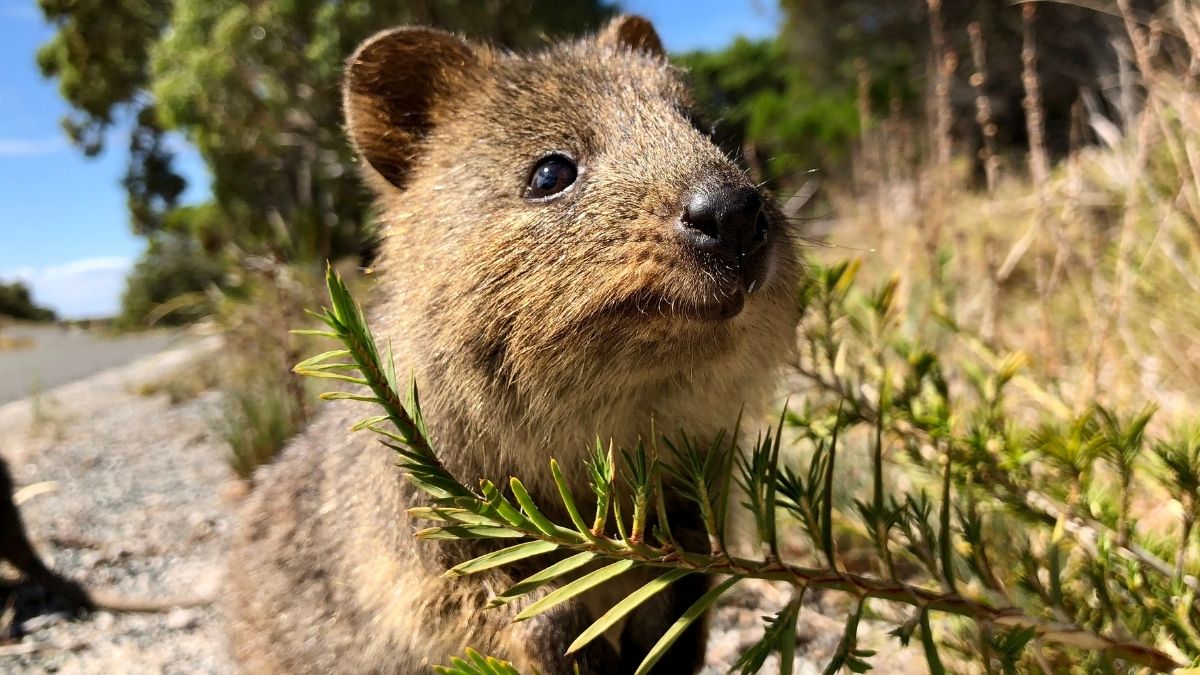
The Quokka is often called the "happiest animal on Earth" because it always has a smile on its face that is ready for a picture. These little wallabies come from small islands off the coast of Western Australia, especially Rottnest Island. They aren't afraid of people. But their smile is actually a physical trait that helps them breathe and cool down, not a sign of how they feel. As marsupials, mothers carry their joeys in a front pouch. Despite their popularity, they are listed as Vulnerable due to their limited range and habitat loss.
2. Resplendent Quetzal
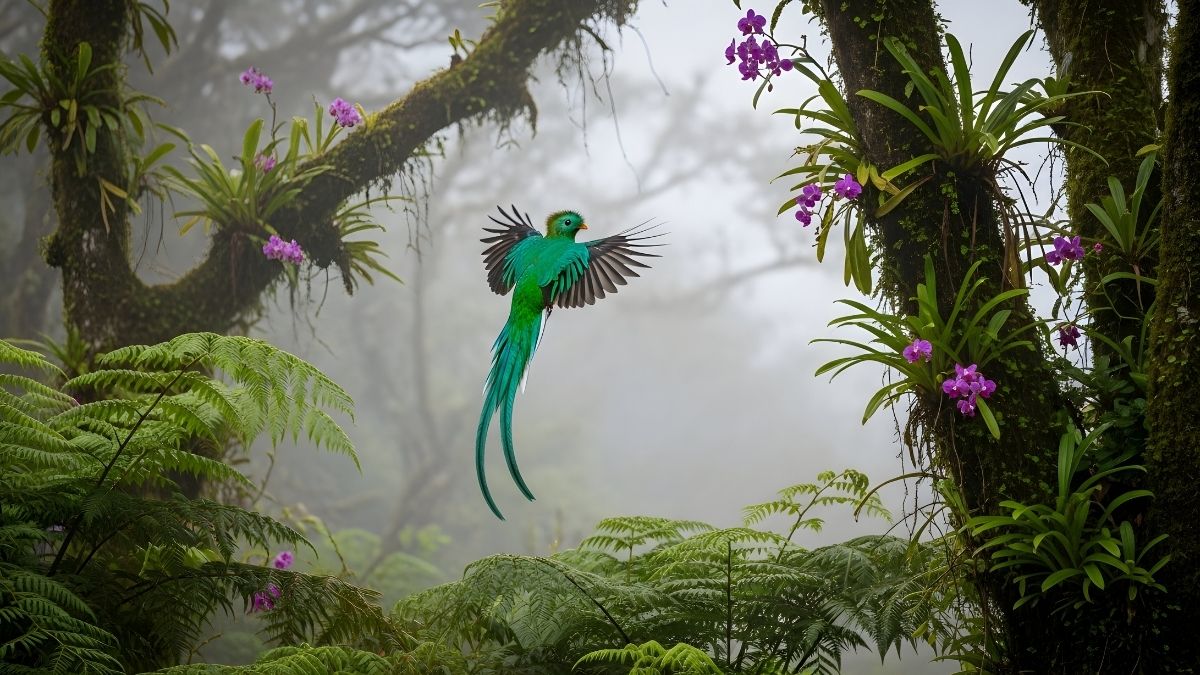
The Resplendent Quetzal is arguably one of the most beautiful birds in the world. Found in the cloud forests of Central America, this bird was considered sacred by the ancient Maya and Aztec civilizations. The males are famous for their iridescent green feathers and incredibly long tail streamers, which can grow up to three feet long.
Today, they are the national bird of Guatemala, and their image even appears on the country's flag and currency. Birdwatchers travel thousands of miles just to catch a glimpse of this vibrant species
3. Quoll
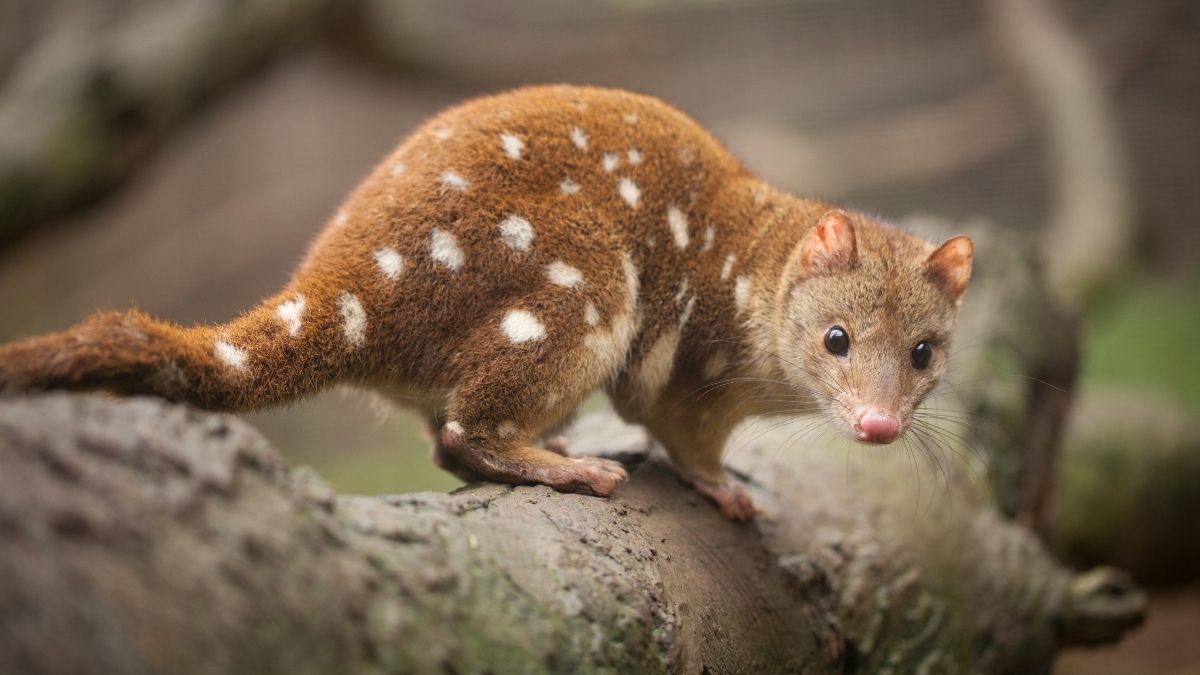
While many people know the kangaroo, fewer are familiar with the Quoll. These are carnivorous marsupials native to Australia and New Guinea. They look somewhat like a cross between a cat and a possum, distinguished by the striking white spots on their brown or black fur.
Quolls are fierce hunters that feed on insects, birds, and small mammals. Sadly, populations of species like the Northern Quoll and Spotted-tailed Quoll are declining because of invasive predators like cane toads and feral cats.
4. Queen Alexandra’s Birdwing
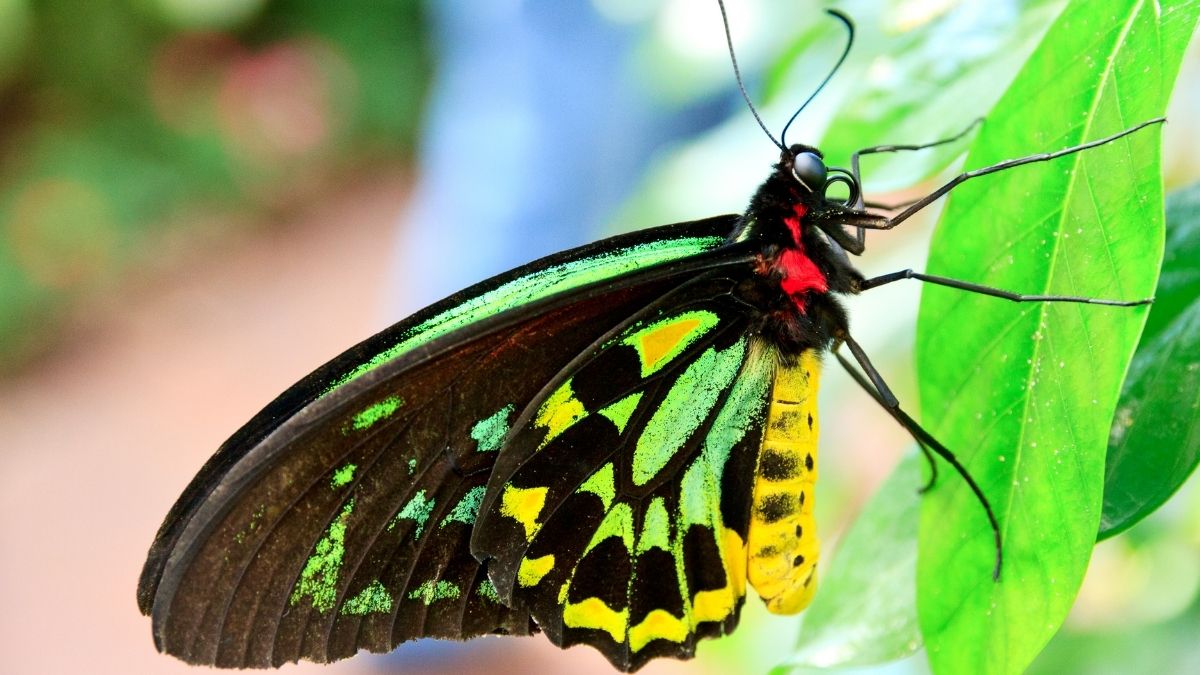
This bug is not like most garden bugs. The Queen Alexandra's Birdwing is the biggest butterfly in the world. The females can have wingspans of up to 12 inches (30 cm) and are only found in the forests of the Oro Province in Papua New Guinea.
This species is very rare and is currently listed as Endangered. It is named after Queen Alexandra of Great Britain. Insect conservationists put a lot of effort into protecting them because they are so big and only live in certain places.
5. Quahog
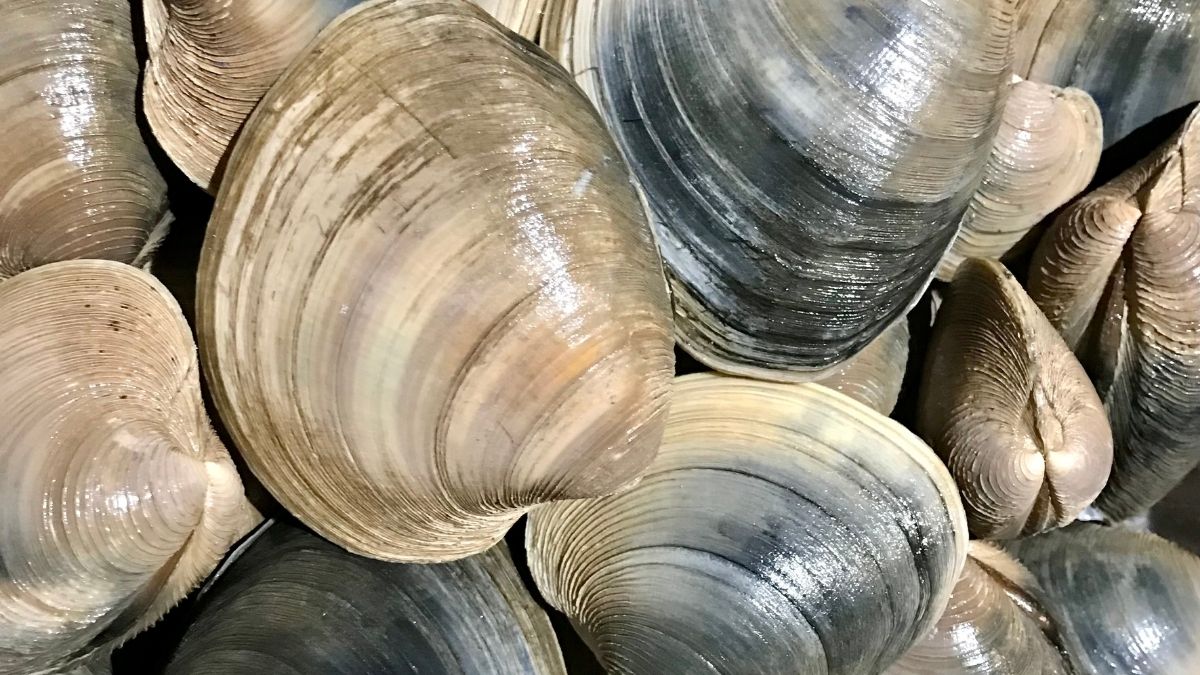
The Quahog (pronounced "ko-hog") is a type of hard-shelled clam found along the eastern coast of North America. While they might look like a standard dinner ingredient, they are biological marvels of longevity. Scientists have found Quahogs that are more than 500 years old.
One well-known example, called "Ming," was found to be 507 years old, which means it lived during the Ming Dynasty in China. Their shells have growth rings like trees do, which help scientists learn about the history of ocean climates.
6. Queensland Lungfish
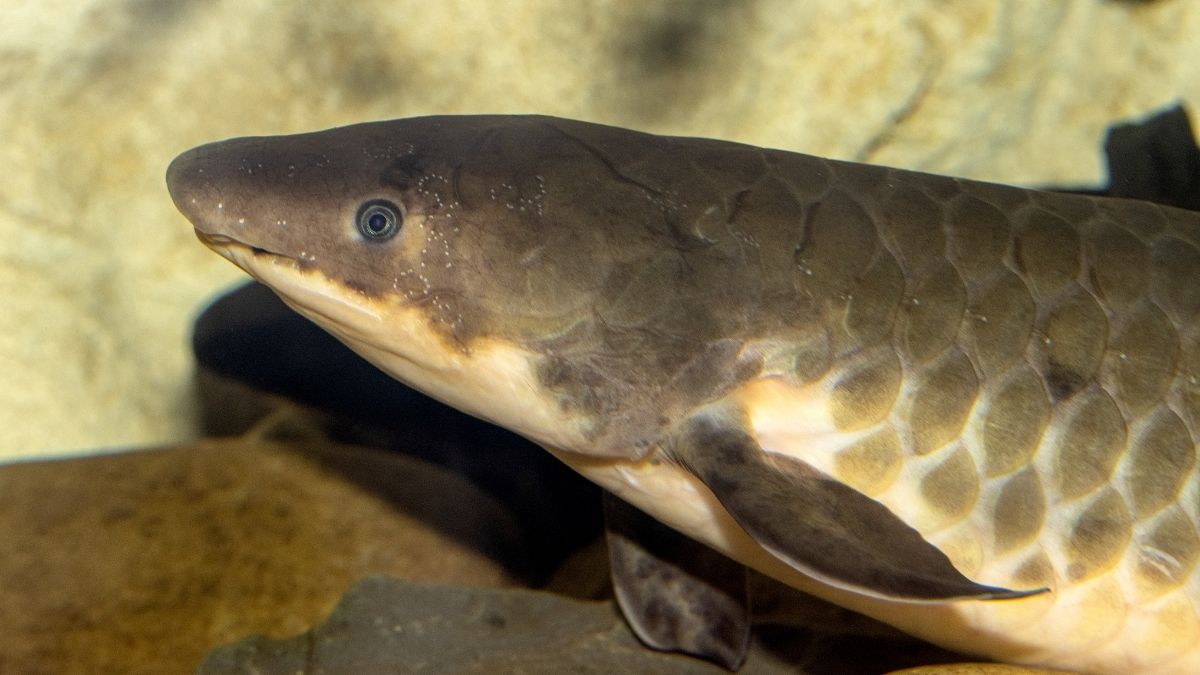
The Queensland Lungfish is a real survivor from the past. This species is often called a "living fossil" because it hasn't changed much in over 100 million years. It comes from the rivers of Queensland, Australia, and it has a special ability that most other fish don't have: it has a single lung that lets it breathe air.
This adaptation helps it stay alive in shallow water where there isn't much oxygen. Scientists studying how life evolved from water to land value this species very highly because it is protected.
7. Red-billed Quelea
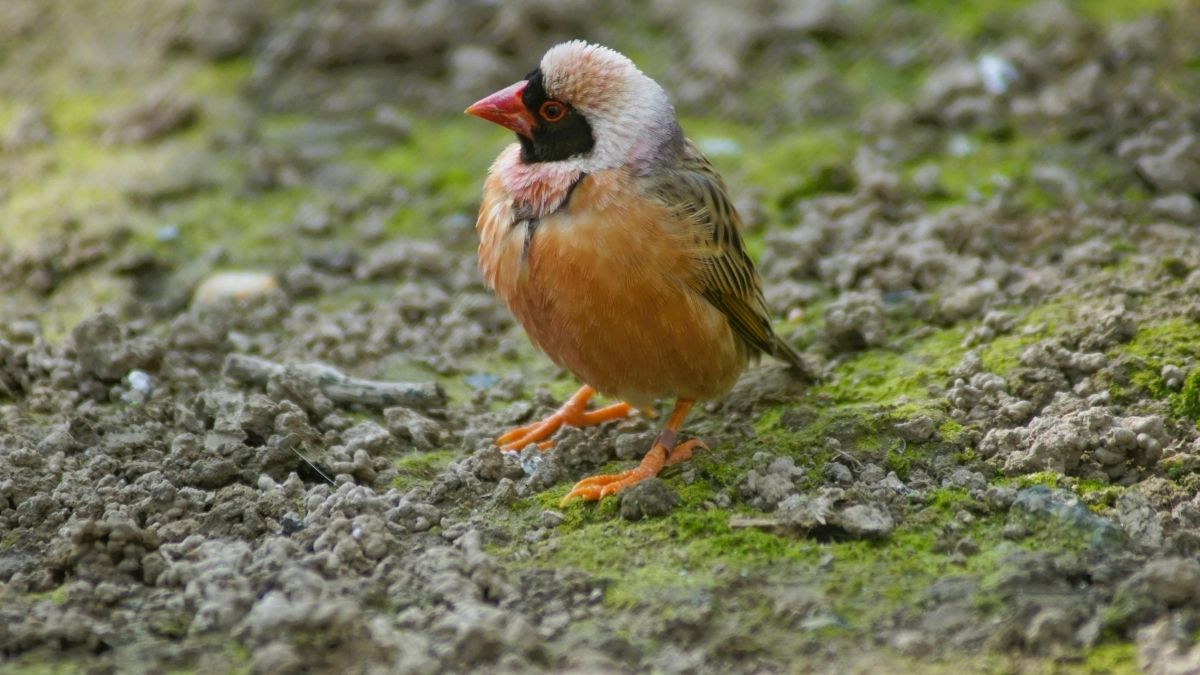
While the Quetzal is rare, the Red-billed Quelea is famous for the opposite reason. It is widely considered the most abundant wild bird species on Earth, with a population estimated at 1.5 billion.
These small, sparrow-like birds travel in massive flocks across sub-Saharan Africa. While they are fascinating to watch in flight, farmers often view them as pests because a single flock can decimate a field of grain in a matter of hours.
Check Out: List of 5 Most Famous Animals that Migrate in Winter: Revealed
Animals that start with the letter "Q" come in a wide range of shapes and sizes. For instance, the tiny patterns on a butterfly's wing and the old stories that are hidden in a clam's shell. Learning about these unusual animals shows how important it is to protect habitats that are in danger and how important biodiversity is.
Comments
All Comments (0)
Join the conversation